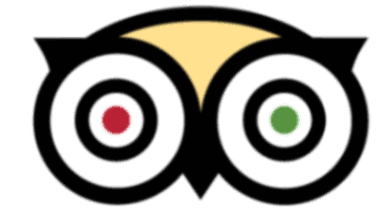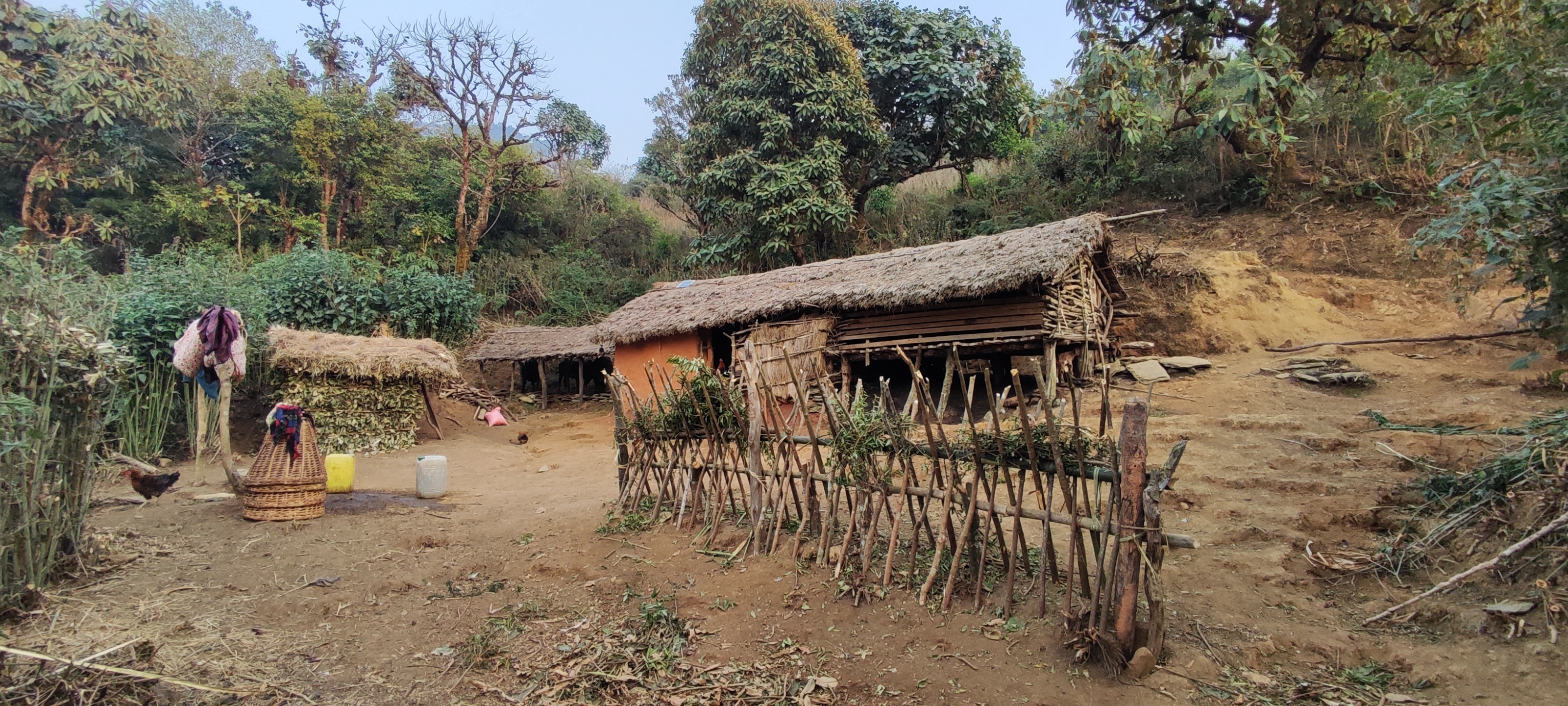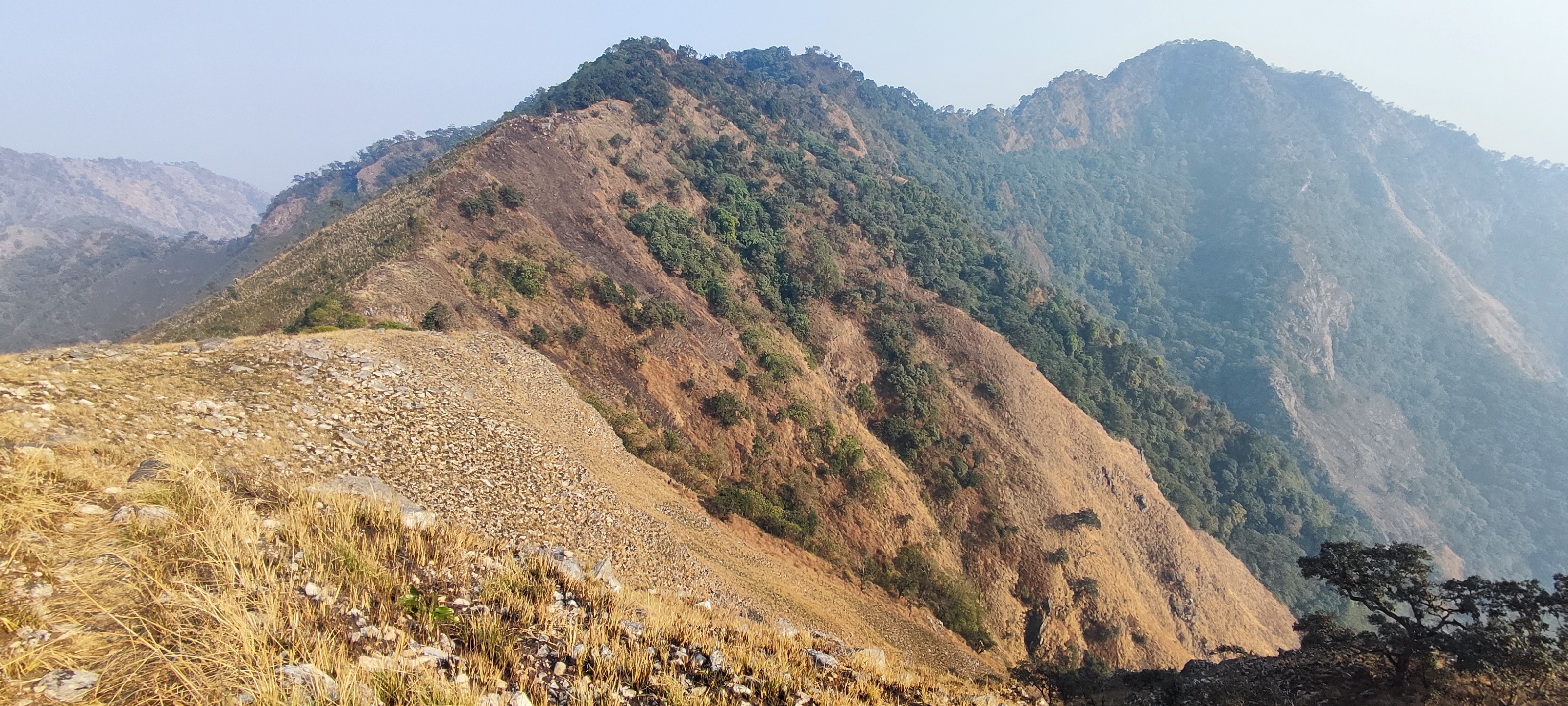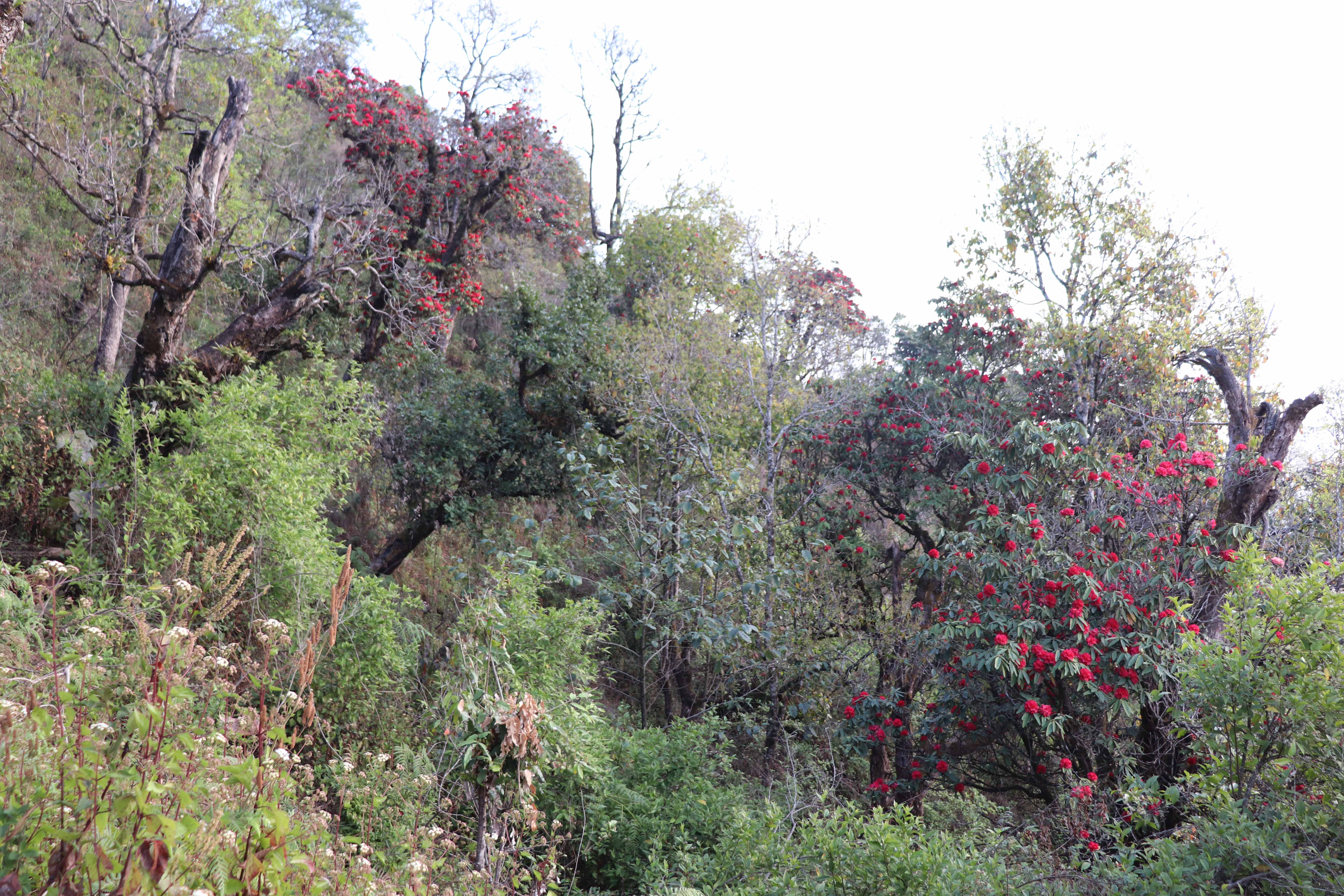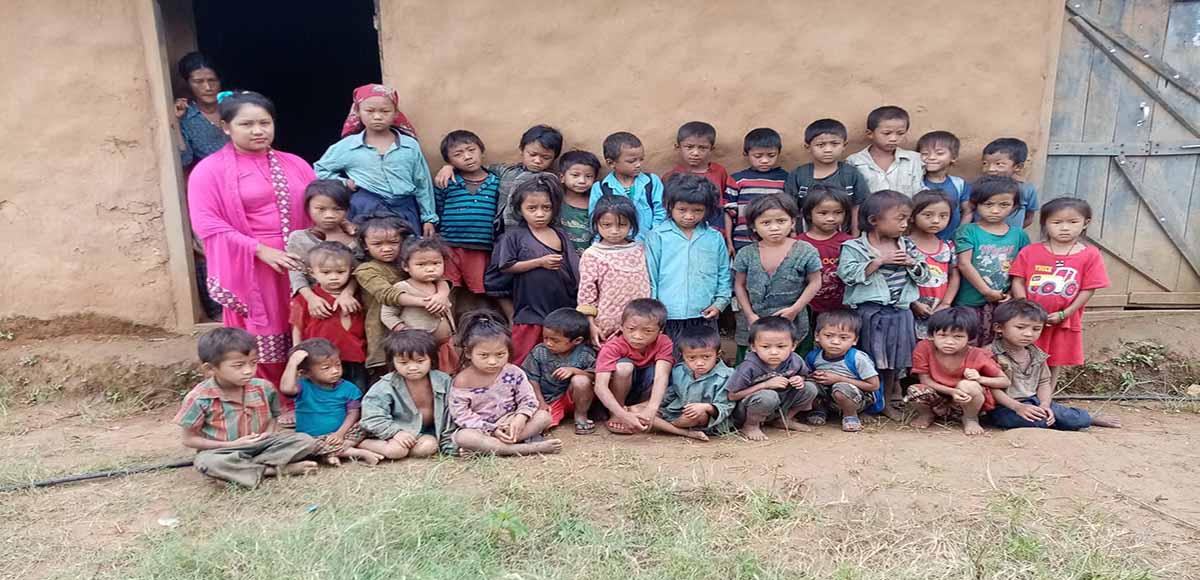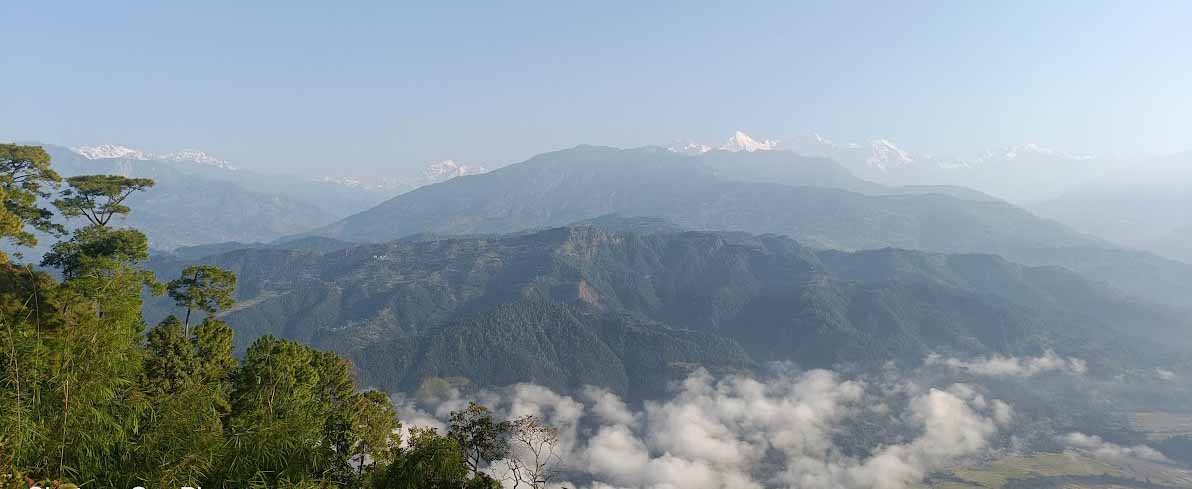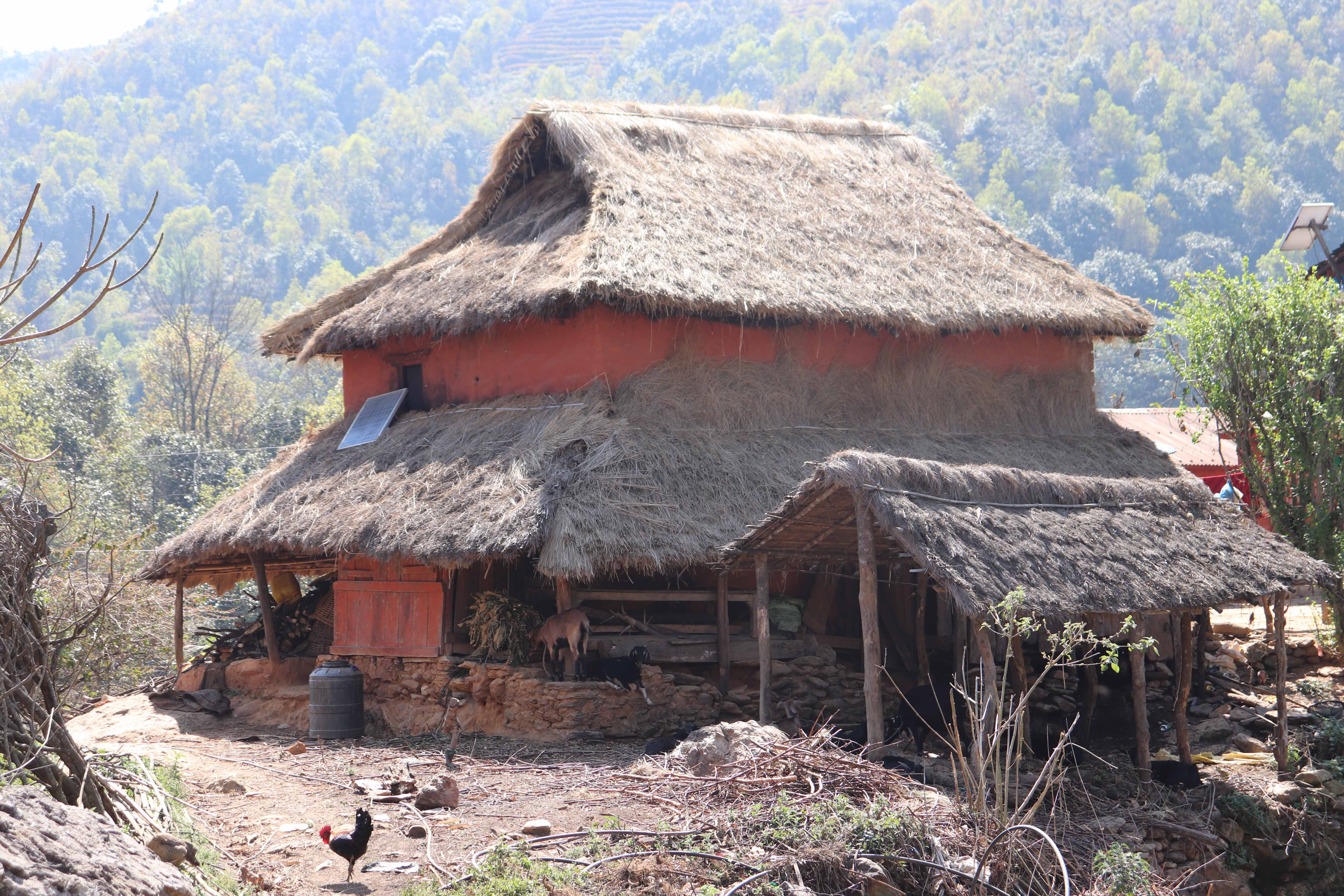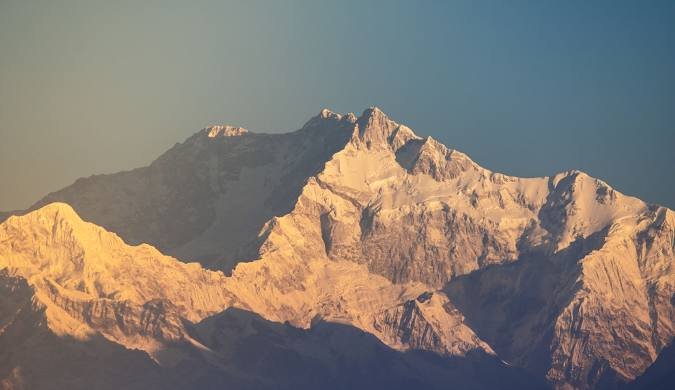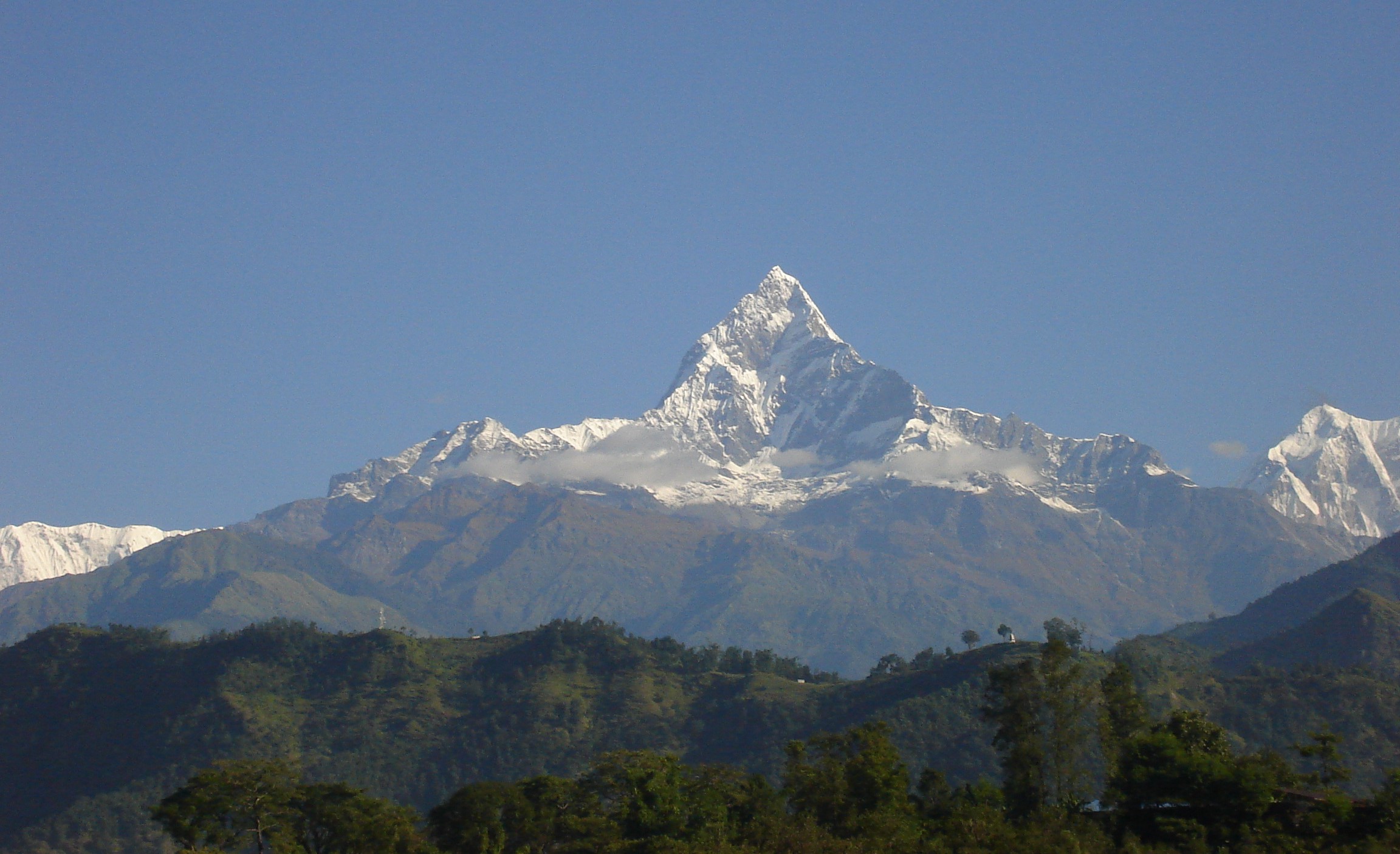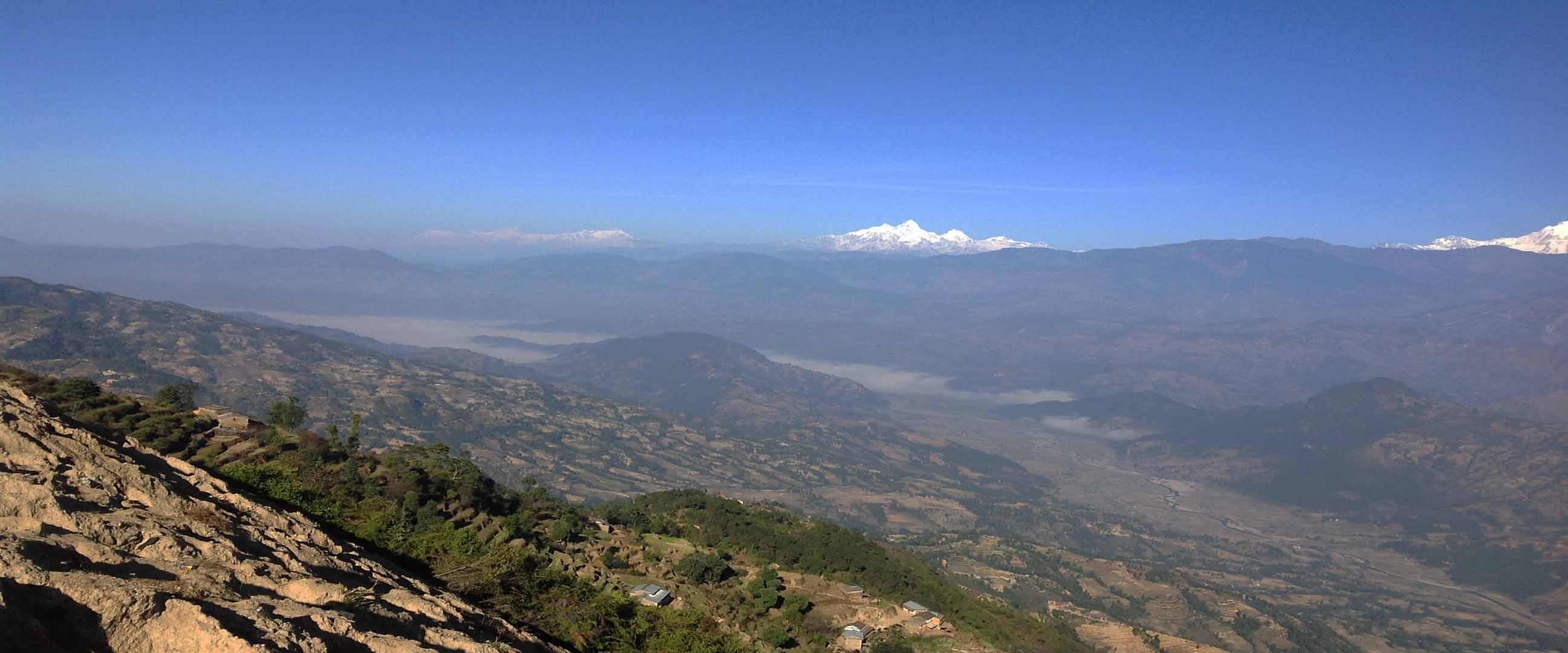- Home
-
Nepal
-
Trekking
- Dhampus trek
- Jomsom Muktinath Trek
- Annapurna Base Camp Trekking (Sanctuary)
- Annapurna Circuit(Round) Trekking
- Mardi Himal Trekking
- Ghorepani Cleaning Trek
- Annapurna Panorama Trek
- Annapurna Culture Trek
- Everest Base Camp Trek
- Everest Panorama Trek
- Khopra Trek
- Mohare Danda Trek
- Ganesh Himal Trekking
- Ganesh Himal Medical Trek
- Langtang Valley Trek
- Langtang Gosainkund Trek
- Ganja La Pass Trekking
- Ruby Valley Pangsang Pass Trek
- Langtang Gosainkund Helambu Trek
- Tamang Heritage Trek
- Panch Pokhari Trek
- Upper Mustang Trek
- Everest High Pass Trek
- Gokyo Valley Trek
- Gokyo Chola Pass Trek
- Salleri to Everest Base Camp Trekking
- Pikey Peak Trek
- Tsum Valley Trek
- Manaslu Circuit Trek
- Lower Dolpo Trek
- Makalu Base Camp Trek
- Ghorepani Poon Hill Trek
- Helambu Trek
- Jyamrung Trek
- Chepang Indigenous Trek
- Dhampus Sarangkot Trek
- Ghandruk Trek
- Surya Chaur Chisapani Trekking
- Yoga Soft Trek
- Indigenous Trek
- Nepal Social Treks
- Yoga Shamanism Trek
- Chisapani Nagarkot Dhulikhel Trek
- Kathmandu Valley Trek
- Khaptad National Park
- Jiri to EBC Trek
- Nomad Community Trek
- Annapurna Luxury Trek
- Tilman Pass Trek
- Helambu – Ama Yangri Trek
- Kangchenjunga North Base Camp Trek
- Peak Climbing
- Chulu West Peak Climbing
- Chulu Far East Climbing
- Island peak via Gokyo-Chola-EBC
- Island Peak Direct Route
- Lobuche Peak Climbing
- Mera and Island Peak via Apulapcha Pass and EBC
- Mera Peak Direct Route
- Mera Peak Climbing
- Naya Kangi Peak Climbing
- Paldor Peak Climbing
- Pisang Peak Climbing
- Tent Peak Climbing
- Yala Peak Climbing
- Pachermo Peak via Tsho Rolpa Lake
- Lobuche Peak via Gokyo Chola Pass EBC
- Rafting and Kayaking
- Wildlife Safari
- Adventurous Trip
- Mountain Biking
- Hiking
- Tours
- Day Tours
- Expedition
- Ganesh Himal-I Expedition
- Ganesh Himal -IV Expedition
- Makalu Expedition
- Annapurna Expedition
- Ganesh Himal -V Expedition
- Dhaulagiri Expedition
- Ama Dablam Expedition
- Cho Oyu Expedition
- Everest Expedition from Tibet Side
- Everest Expedition
- Kanchenjunga Expedition
- Lhotse Expedition
- Manaslu Expedition
- Pumori Expedition
- Annapurna I Climbing
- Ganesh Himal Climbing
- Himlung Himal Climbing
- Tibet
- Tours
-
Bhutan
-
Tours
- Trekking & Hiking
- India
-
Tours
- Trekking and Hiking
- Multi Country
-
Nepal Tibet Bhutan Trekking
- Nepal Bhutan Tour
- Nepal Bhutan Trek
Chepang Indigenous Trek
Key Points
- Destination: Nepal
- Duration: 09 Days
- Max Altitude: 3500 m
- Fitness Level: Easy
- Activity: Trekking
- Group -Size: 2-15 pax
Trip Overview
The Chepang Hill Trek is an easy trekking route that takes you to the top of Chepang Hill. You will have the opportunity to explore the local Chepang culture during this trek. The trek can be one of the most beautiful treks in Nepal and is suitable for trekkers of all levels.The elevation of this trek is around 2,000 meters( 6561 feet)You can enjoy the stunning views of the Annapurna, Dhaulagiri, and Langtang ranges, as well as their diverse flora and fauna. You will also get to explore the beautiful landscapes of the hilly and Mahabharat ranges of Nepal.
You can experience the Nepalese indigenous community, mostly the Chepang community. You will get to know the culture and traditions of the community, along with their cuisines and lifestyle. You will also have the experience of their traditional songs and dances, including some conversation with them, during which our guide will help you with translation.
Itenerary
Upon your arrival in Kathmandu, you will be welcomed by our representative and transfer you to the hotel where you will have some rest. After some rest, you will be taken for exploration of Thamel, where you will find some fine dining restaurants, Money changers, ATMs, Gear shops and many more. After the exploration, you will be guided to our office for trip briefing meeting and then to your hotel for your overnight.
If any delay today, the briefing session will be done next day.
Today you will be taken for the sightseeing tour around Kathmandu which include Pashupatinath Temple and Bouddhanath stupa.
Pashupatinath Temple is the famous religious destination for the Hindus as it is one of the biggest Hindu temples devoted to Lord Shiva and lies at the bank of Bagmati River. It is also enlisted in UNESCOs world heritage site. During the visit you can see the cremation process of Hindu dead people at the bank of Bagmati River.
Bouddhanath stupa is another UNESCOs heritage site which is also one of the biggest stupas in terms of size and height. The site is peaceful and built based on Mahayana Buddhist Philosophy.
After the tour you will return to the hotel and prepare for the trek. Overnight at the hotel.
We will start our day with our drive towards Hattibang. We will be driving in the pitched road until Hugdi and in the way we will get to explore the hilly landscapes, river, river basins, settlements around the highway and many more. From Hugdi, we will start our off-road ride passing through some hilly settlement in the way which will be quite adventurous. Upon reaching Hattibang, we will set up our camp and overnight at the tented camp.
Our journey today will start with an early morning walk from Hatti Bang to Siraichuli walking through pristine forest. We will climb to Siraichuli – one of the highest hills of the Mahabharata range – to view the splendid view of the Himalayan Peaks that includes Rolwaling Himal, Gaurishankar, Langtang, Gorkha Himal, Peak 29, Himalchuli, the Annapurna and Dhaulagiri covering the long stretch from east to west. We will also take some time to explore the nearby and take some pictures to capture the breath-taking beauty of this place. After some time here we will descend to the Jyandala village where we will get to know the lifestyle of the indigenous Chepang Community. Finally, we will end the day at our campsite and set up camp. Overnight at the tented camp.
The trek starts from the village of Jyandala, located at the base of Chepang Hill. From here, you will trek through some isolated Chepang settlement along the way and lush green forests with some rhododendron trees, and grasslands. You will also get to witness some amazing views of the surrounding mountains and valleys. From Jyandala to Chauki Bhangayang where there is a Buddha Statue at top of hill to Kholmatar the third night of the trek will be spent in Kholmatar in the tented camp.
Today we will start our walk towards Ghamgwang walking through the lush forest on the top of hill enjoying beautiful vistas of mountain, deep valleys, stunning landscapes, and dense forest. The trek is unexplored, and the path is rough, but your walk will be rewarding. Upon reaching Ghangwang, we will have our lunch at our campsite and have some rest here. After some rest, we will go for exploration to Nohak Cave which is newly explored cave. The cave is largest cave in Asia and do have three storey where you can explore freely. After exploration of the cave, we will return to our campsite and overnight at the common hall in a Church.
After descending the hill, the trek continues to Chailing, a small village located at the foot of the hill. Here, you will be treated to some of the best hilly landscape views in the area. You will also be able to explore the local culture, and sample some of the traditional food. From Ghang wang we trek towards Dumbang continuing our journey to Rangsirang and then to Deurali and finally our destined location Chailing. The views become more spectacular with each step of the way. At the end of the trek, you will be rewarded with a spectacular view of Chailing. It wii be a great opportunity to explore glimpse into the lives of the locals. We will spend overnight in tented camps.
After breakfast, we will start our walk towards Khatauti. Today will be day of total descending and we will be walking through some small local settlement. Upon reaching Khatauti, we will set up our camp at the bank of Trishuli river and have lunch there only. After lunch and some rest, we will be exploring around the area in the afternoon and will back to camp for overnight.
After having delicious breakfast at the camp, we will be driving towards Dumling where you will make your visit to our supporting School. The small shcool has chapng indiginois comunity which is minor comubnnity tehre we supporting ther childern going school and so on.You will explore around and explore the village and other area around. After some exploration around, we will return to our camp site and overnight at the tented camp.After breakfast, we will be returning to Kathmandu through same Prithivi Highway. Upon reaching Kathmandu, you will check into the hotel and have the proper rest you need. Overnight at hotel.Today you will go for the tour around century long history of markets, trading spots, arts, building and culture. You will be exploring the local market of Asan, Indrachowk and Newroad through which you will explore the historical and cultural identity of the city. You will also get to visit to the temple of living goddess “Kumari” during your visit to Kathmandu Durbar Square. You get to see the architectural prominence of Kathmandu during the visit to Durbar Square premises. After the tour you will return to the hotel through foot or famous three wheeled bicycle, Rickshaw. Overnight at hotel.You will be transferred to the international airport three hours before the scheduled flight after we bid our final farewell by our representative.What is Included?
- Airport pick-up and drop-off with friendly representative
- 3 star standard hotels with breakfast in Kathmandu (Nepal’s 3 star hotel can be bit different than other international standard)
- Community-based accommodation or a tent camp stay during the trekking
- All meals (Breakfast, Lunch & Dinner) during the trekking
- Tea and coffee (3 times a day)
- A professional trekking guide, porter (helper), and assistant guide above 5 pax.
- All food, drinks, lodge, salary, insurance, medical equipment, and all transport for trekking staff.
- All private land transportation is in as required
- Kathmandu cultural and historical sightseeing includes a tour guide, private transportation, and an entrance fee.
- A jacket, a sleeping bag, a fleece liner, and a duffel bag.
- All camping Gear (Two men's tent, dining tents, kitchen tent, toilet tents, mattress, table chairs, etc.)
- All government taxes
- Visit to our Social Project
What is Excluded?
- Any bar bills (alcoholic drinks, mineral water, or cold drinks), cigarettes,
- Client’s personal insurance, and any kind of unforeseen expenses
- Lunch and Dinner in Kathmandu
- Tips for Guide, Porter, and Driver
- Anything that is not mentioned in Inclusion
Equipment Checklist
This list outlines the required things to bring during the trekking tours. There are various selections and brands that you can choose as per your interest. All required trekking equipment can be bought or even hired easily at a reasonable price in Kathmandu. The quantity of your gear/equipment for shorter treks can be lesser, and you may wish to travel light.
General
- Four-season sleeping bag (optional; we can provide one if you need it but is to be returned after the trek)
- Duffel or Rucksack bag & suitcase (optional; we can provide one if you need it but is to be returned after the trek)
- Daypack
- Down Jacket (Optional/we can provide if you need one but is to be returned after the trek)
Upper Body - Head / Ears / Eyes
- Sun hat
- Warm wool or synthetic hat that covers your ears.
- Goggles or sunglasses for sunbeams, dust, and wind
- Headlamp
- Some people like ear-muffs; These are optional; a good hat, balaclava, and hooded jacket should be sufficient, but this is a personal choice for some people.
- A neck warmer is another piece of gear for extra warmth if you feel you will need it (optional).
Hand
- Gloves( not too warm and not light )
Core Body
- T-shirts
- Shirts
- Fleece jacket or pullover.
- Fleece Wind-Stopper jacket (optional).
- Waterproof (preferably breathable fabric) shell jacket.
- Women's sports bras synthetic, no cotton!
Lower Body: – Legs- Feet
- Nylon hiking shorts are quick-drying type, not cotton!
- Underwear, stay away from cotton (4).
- Lightweight long underwear - capilene or other synthetic.
- Softshell pants - synthetic, full zip from top and bottom preferable.
- Trekking pants, preferably that zip on/off at the knees so they double as shorts.
- Cotton pants (loose jeans/khakis).
- All clothing should be kept dry using waterproof stuff sacks or large puncture-resistant plastic bags.
- Two pairs of heavy weight socks to be worn over liner socks preferable for the cold season.
- Two pairs of light weight socks, are a good option for the lower / warmer parts of the trail.
- light to medium weight waterproof hiking/trekking boots.
- A pair of light trekking shoes or sneakers. Good for around the camp/lodges and in Kathmandu.
- A pair of sandals (Optional).
Medicines and First Aid Kits
(Please note our guide will also carry the first aid kit bag during the trek. However, we still recommend you bring your first aid kit as well)
- Extra Strength Excedrin for altitude-related headaches.
- Ibuprofen for general aches and pains.
- Immodium or Pepto bismol capsules for upset stomach or diarrhea.
- Diamox (commonly prescribed as Acetazolamide) 125 or 250mg tablets for altitude sickness. Please discuss this with us before starting to take this medicine.
- One small personal-sized first-aid kit with blister treatments such as mole skin, band-aids, some waterproof tape, anti-infection ointments, etc. Your guides will have more extensive medical gear, but you should have the basics for general use.
Miscellaneous
- Passport and extra passport photos (4 copies).
- Airline ticket (Please make a copy and leave on at our office in KTM just in case you need to change the date of your).
- Durable wallet/pouch for travel documents, money & passport.
- Lip balm. At least SPF 20, 2 sticks. A string taped to the stick is helpful, to hang around your neck and some are now being sold with a cord already attached. Handy as it prevents you from having to stop and look for it.
- Sunscreen. SPF 40 is recommended and should be relatively new since it loses its effectiveness over time.
- Pocket knife or small Swiss Army type.
- Water purification Iodine tablets or Polar-pure crystals.
- Toiletry kit. Be sure to include toilet paper stored in a plastic bag, hand wipes, liquid hand sanitizer, towel, soap, etc.
- Two bandanas.
Optional
- One pair of adjustable trekking poles. Although these are listed as optional, these can be of great assistance to people who may think of themselves as generally clumsy or with bad knees, ankles, etc, especially when going downhill
- Favorite snack foods
- Paperback books, cards, mp3 player (there are a couple of stops where you could recharge. Avoid players with moving hardware as it may not function. Remember, keep these items lightweight
- Binoculars
- One lightweight point-and-shoot camera or 1 large SLR. Digital cameras are ok, but you must keep the batteries warm when not in use
- Hydration bladder with drinking tube and tube insulator
- A pee bottle for men and a pee funnel for women, some swear by them to avoid that chilly late-night trip
- One small stainless steel thermos
All garments should be kept dry using waterproof stuff sacks or large puncture-resistant plastic bags.
Trip Reviews
Write Your Review
- Best Price Guarantee
- Hassle-Free Booking
- No Booking or Credit Card Fees
- Team of highly experienced Experts
- Your Happiness Guaranteed
Quick Inquiry
We Offer Group Discount
Write Us- 1 Pax US$ 1550
- 2 Paxes US$ 1350
- 3 Paxes US$ 1320
- 4 - 6 Paxes US$ 1290
- 7 - 12 Paxes US$ 1250
- 13 - 18 Paxes US$ 1210
- 19 - 24 Paxes US$ 1175
- 25 - 30 Paxes US$ 1150
- Best Price Guarantee
- Hassle-Free Booking
- No Booking or Credit Card Fees
- Team of highly experienced Experts
- Your Happiness Guaranteed
Quick Inquiry
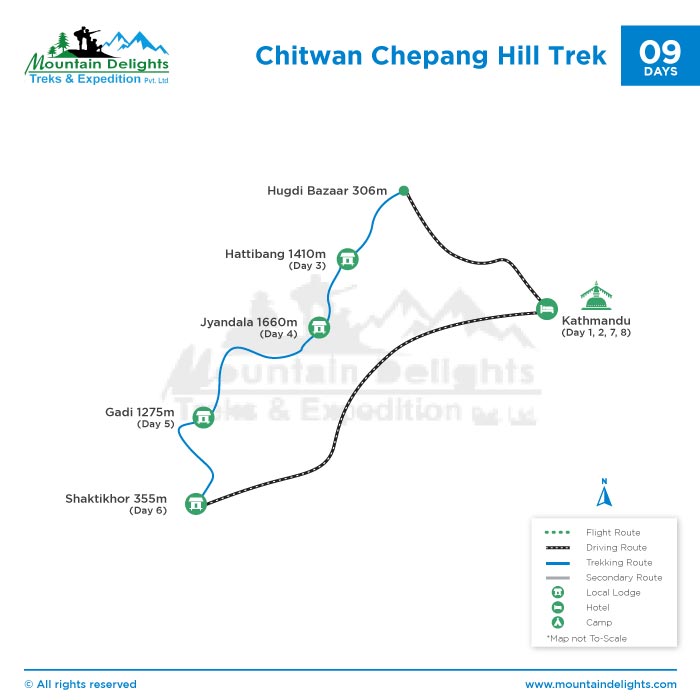 ;
;Related Packages
Are you looking forward to extend your travel business in nepal?
Partner With UsTOP
- Nepal Bhutan Tour
-
Tours
-
Trekking

